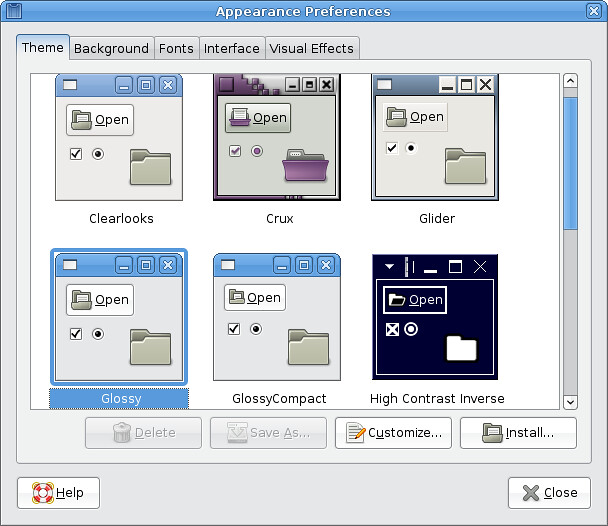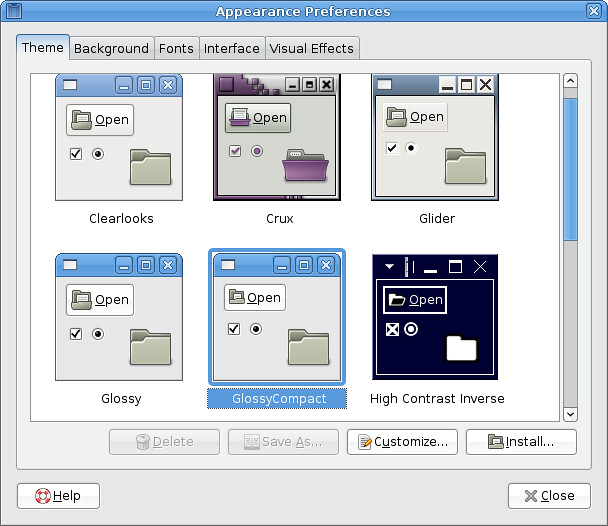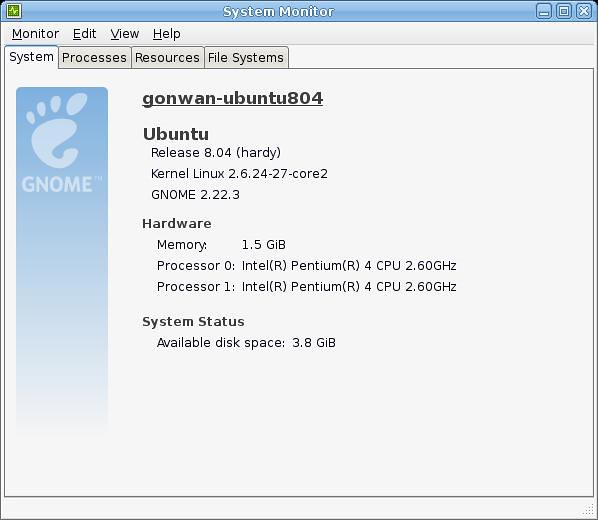I will use openssl library as example. Here’s a simplest source:
|
1 2 3 4 5 |
#include <openssl/ssl.h> int main() { SSL_library_init(); return 0; } |
Now build and start your GDB, note the ‘-g’ option is necessary:
|
1 2 3 4 5 6 7 8 9 10 11 12 13 |
# gcc -g testopenssl.c -o testopenssl -lssl # gdb ./testopenssl GNU gdb 6.8-debian ... (gdb) b 3 Breakpoint 1 at 0x8048495: file testopenssl.c, line 3. (gdb) r Starting program: /home/binson/testgdb/testopenssl Breakpoint 1, main () at testopenssl.c:3 3 SSL_library_init(); (gdb) s 4 return 0; (gdb) |
GDB cannot step into openssl source code, since there’s no debug symbol found. In Ubuntu, we can install it using apt-get. I’m using Hardy(8.04):
|
1 |
# sudo apt-get install libssl0.9.8-dbg |
Launch our GDB again:
|
1 2 3 4 5 6 7 8 9 10 11 12 13 14 |
# gdb ./testopenssl GNU gdb 6.8-debian ... (gdb) b 3 Breakpoint 1 at 0x8048495: file testopenssl.c, line 3. (gdb) r Starting program: /home/binson/testgdb/testopenssl Breakpoint 1, main () at testopenssl.c:3 3 SSL_library_init(); (gdb) s SSL_library_init () at ssl_algs.c:68 68 ssl_algs.c: No such file or directory. in ssl_algs.c (gdb) |
Symbols are found, GDB prompt for missing source files! We can install by typing:
|
1 |
# sudo apt-get source libssl0.9.8 |
The source files will be downloaded and extracted in openssl-0.9.8g folder. Now we wanna attach the source files when debugging.
|
1 2 3 4 5 6 7 8 9 10 11 12 13 14 15 16 17 18 |
# gdb ./testopenssl GNU gdb 6.8-debian ... (gdb) dir openssl-0.9.8g/ssl/ Source directories searched: /home/binson/testgdb/openssl-0.9.8g/ssl:$cdir:$cwd (gdb) b 3 Breakpoint 1 at 0x8048495: file testopenssl.c, line 3. (gdb) r Starting program: /home/binson/testgdb/testopenssl Breakpoint 1, main () at testopenssl.c:3 3 SSL_library_init(); (gdb) s SSL_library_init () at ssl_algs.c:68 68 EVP_add_cipher(EVP_des_cbc()); (gdb) bt #0 SSL_library_init () at ssl_algs.c:68 #1 0x0804849a in main () at testopenssl.c:3 (gdb) |
Oh! Everything works!


